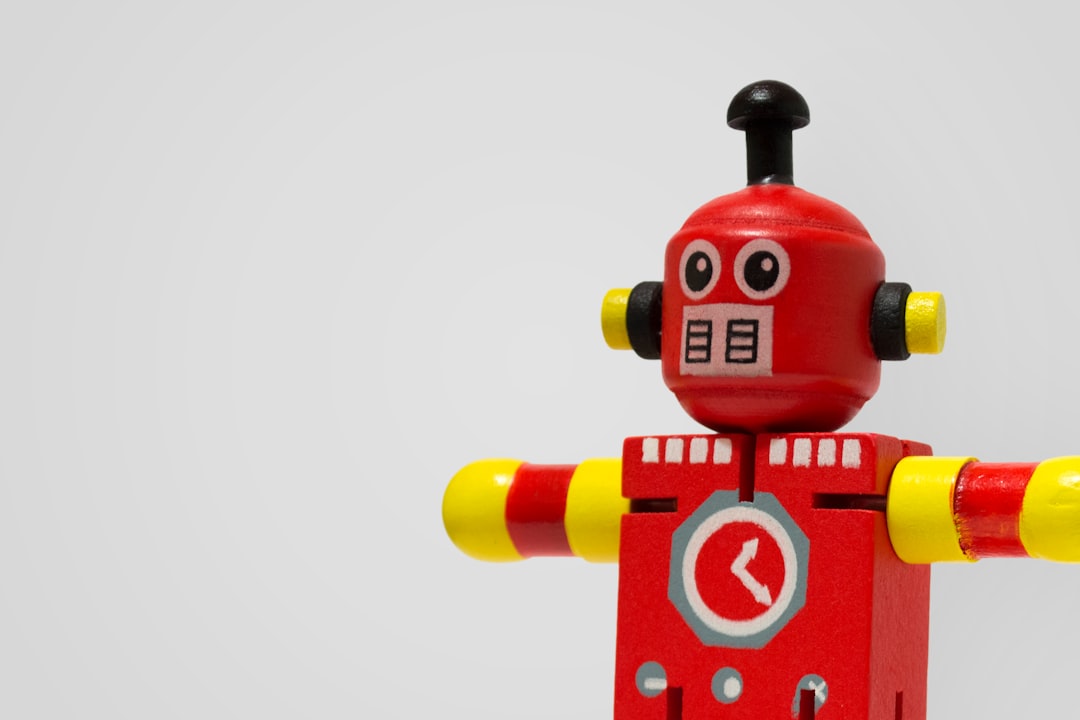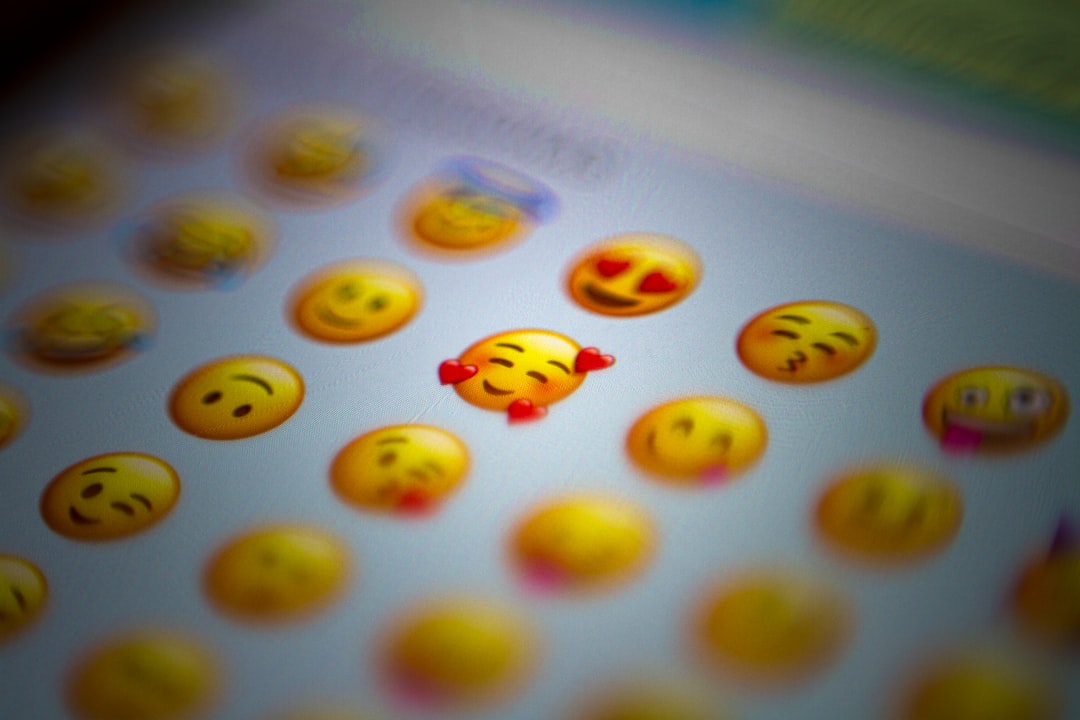Imagine you’re texting a friend and you say, “This party is lit!” Now try translating that sentence into another language with AI. Sounds simple? It’s not! Slang and informal language are some of the trickiest things for AI to understand and translate.
Let’s dive into why this happens. Don’t worry, we’ll keep it fun and easy!
What the Heck is Slang Anyway?
Slang is like a secret code. It’s a casual way of speaking that changes all the time. People use it in real life, on social media, and in texts.
For example:
- “That’s sick!” (It doesn’t mean someone is ill!)
- “Spill the tea.” (No, we’re not talking about a teacup!)
- “Ghosted” (No actual ghosts involved.)
Slang words can mean very different things depending on the situation.
The Problem with AI Translators
AI translators like Google Translate or DeepL are really good with basic, formal language. But slang? Not so much.
Here’s why slang makes AI’s circuits spin with confusion:
1. Context is Key
Slang depends heavily on context. If someone says “cool,” they might mean cold, stylish, or even calm. AI often guesses the wrong one.
Example: Translate “He’s cool under pressure” to another language… AI might think he’s shivering! Oops.
2. Language is Always Changing
Slang constantly evolves. What was cool in 2010 might be cringe today. AI struggles to keep up.
And new slang pops up all the time – mostly from youth culture, music, and memes. AI training takes time, so there’s always a lag.
3. Culture Matters
Slang is often tied to culture and community. What makes sense in one country might be nonsense in another.
For example:
- British slang: “He’s taking the mick.”
- American slang: “He’s messing with you.”
- Neither means anything to a French AI model unless it’s been trained with context.

4. Double Meanings? Double Trouble!
Some slang words mean two or more things. AI sometimes picks the wrong one.
For example: “I’m dead” can mean “That’s hilarious!” or “I’m really tired.” Try translating that into another language without sounding dramatic!
Common AI Mistakes
These are some funny (and real!) ways AI translations have messed up slang:
- Translating “Break a leg!” into something violent 😱
- Changing “I’m shook!” into something about earthquakes
- Turning “Stan” into “a man named Stan” instead of “obsessively support”

How Can We Help AI Get Better?
Here are a few ways researchers are trying to teach AI to handle slang like a champ:
- Feeding it more casual text: Tons of tweets, memes, and chat conversations help train AI on real human talk.
- Using human feedback: People can help correct translations, making the AI smarter.
- Updating it regularly: Just like your phone’s apps, AI needs updates to learn the newest lingo.
So, Should We Trust AI with Slang?
Not 100% yet. AI is getting better, yes. But if you’re trying to translate a slang-filled tweet or text message, be ready for surprises (and some laughs!)
Until AI fully learns to talk like humans do on the internet, it’s best to double-check slang translations — or ask a real person.
Slang is flexible, fun, and sometimes totally weird. That’s what makes it awesome — and really hard for AI!
So next time you say, “No cap, that ice cream was fire,” just know your AI translator might think you’re talking about hats and literal flames.

